Philodendron Camposportoanum – Rare
Original price was: ₹3,265.80.₹1,795.50Current price is: ₹1,795.50.
1 in stock
Plant size: Single plant (3 leaves) | Pot Included | Free Shipping
It is a rare tropical plant that belongs to the family Araceae, though it is nowadays commonly grown as an indoor plant.
It grows tiny, bright orange leaves at the beginning of growth and they transform into velvety leaves with a much more purple tone; then, they completely change their shape and color into darker shades with a heart-like shape.
As the plant grows, it will develop new leaves and start climbing — at any point, this rare plant will have three differently lobed leaves!
You can take advantage of its climbing ability and get creative by making beautiful trellis and frames.
This beautiful plant is usually grown indoors, however, you can also plant it outside if you live in USDA zones from 11 to 12.
This type of Philodendron species is much smaller when compared to the other, growing only 25 inches tall and 20 inches wide; making it perfect to place on work tables and shelves.
However, take into consideration that it is a climber plant, therefore, it will probably be needing some kind of support whilst growing.
The Philodendron Camposportoanum Care Guide
The Philodendron Camposportoanum is a great plant for all the gardener newbies out there!
All the necessary information in the plant’s care guide is summed up in this table, however, I would recommend that you scroll down and look at the more detailed descriptions of the care guide and be able to provide the best conditions for your plant!
| Botanical Name: | Philodendron Camposportoanum |
| Common Name: | Philodendron Campos |
| Plant Family: | Araceae |
| Origin: | Central and South America |
| Plant Type: | perennial |
| Leaf Shape: | heart-shape with long, dramatic back lobes |
| Leaf Color: | changes as it matures |
| Recommended Home Placement: | north or east-facing window |
| Growth Rate: | fast |
| Light: | bright, indirect light |
| Soil: | porous potting soil mixes |
| When To Water: | water when the top layer is dry to the touch. |
| When To Fertilize: | once a month during growing season |
| Preferred pH: | 5.0-7.0 |
| Humidity Range: | 70% or higher |
| Toxicity: | toxic – symptoms include swelling, and a burning sensation on lips, tongue |
| Common Pests & Diseases: | spider mites, brown tips, root rot, mealy bugs, drooping leaves |
Soil Requirements
If this is not your first rodeo with Philodendron plants, then you are probably aware that all Philodendrons, including Philodendron Camposportoanum, thrive in a porous and well-draining soil.
Drainage is important for discharging excess water, and preventing overwatering that usually leads to root rot. Plant your Philodendron Camposportoanum in a pot that contains drainage holes at the bottom.
Porous soil is important for aeration — these types of soil allow oxygen to reach the roots, thus allowing the plant to breathe.
Aside from this, your new plant will require a neutral soil, meaning the pH levels of the soil should be around 7; so you better test your soil before planting!
So, what potting mix would be best for your new Philodendron?
Many growers use a universal mix for Philodendrons, however, I would recommend that you make your own potting soil mixture to provide your plant with all the necessary nutrients for growth and development!
What you’ll need are perlite, sand, sphagnum peat moss, orchid bark, and vermiculite. I often add lime to counteract the high levels of acidity of the sphagnum peat moss.
Temperature Requirements
What other way to create the best possible condition for your plant, than to mimic their natural environment? Being tropical plants, these Philos absolutely love warm temperatures and high humidities!
Let’s talk about temperature first, and then we will track back to humidity.
The Philodendron Camposportoanum does not tolerate temperature fluctuations very well, and thrives the best in a temperature range from 60 to 75 degrees Fahrenheit.
Anything below this will damage your plant, especially frost — keep in mind that Philodendrons are not frost hardy and cannot tolerate low temperatures.
Humidity Requirements
Now let us take a look into humidity, because sometimes it can be tricky to provide the perfect levels of humidity for your tropical plants.
At the end of the day, Philodendrons can survive in environments with lower humidity levels, but I am sure that you want what’s best for your plant, and a higher humidity will also give it that special humidity glow!
The Philodendron Camposportoanum prefers growing in an environment with about 70% humidity levels — it’s a lot, I know, and sometimes it can be difficult to achieve that level in your own home.
Don’t worry, your Philodendron Camposportoanum will grow perfectly normally with humidity levels of around 50%, though it might not have that special humidity glow.
Nonetheless, if you want to provide your plant with the best conditions possible, creating a higher humidity level by yourself should not be that hard — you can always invest in a humidifier, or you can create a pebble tray for your plant.
Water Requirements
The Philodendron Camposportoanum slightly differs from other Philodendron species when it comes to watering — it requires a bit more hydration than the others.
Achieving that perfect watering schedule can be difficult sometimes, and most of the time you have to check if the soil has dried out before watering your plant again.
For the majority of Philodendrons, you have to check if a few inches of the soil has dried out; however, for the Philodendron Camposportoanum, you only have to check the topsoil — if it is still slightly moist, then postpone the watering for a few days; if it is completely dry, then you should water the plant.
You will have to water your Philodendron Camposportoanum approximately every four days during summer, and less frequently during the colder seasons when the plant goes dormant.
Overwatering is a common issue in Philodendrons, as it can lead to root rot and eventually the overall destruction of the plant, so bear in mind not to water your Philodendron too often.
Light Requirements
Being a tropical plant, your Philodendron Camposportoanum thrives in bright, indirect sunlight, just like it would when growing under big trees in a rainforest!
Your plant requires 6 to 8 hours of indirect sunlight, though it can tolerate a few hours of direct sunlight early in the morning. But, don’t keep it under the full sun for the rest of the day, as it can burn the leaves!
On the contrary, too little bright light may be the cause of leggy stems. The best placement for your Philodendron Camposportoanum is near to windows that do not get drafty.
Fertilizing Requirements
The best fertilizer for its ideal plant care is a slow-release fertilizer — this way, you won’t have to worry about over fertilizing or under fertilizing.
Your Philodendron Camposportoanum should be fertilized at least once a month during the growing season, so you can promote the development of this trilobed leaf Philodendron Camposportoanum.
You should buy a fertilizer that contains high amounts of nitrogen, as this encourages lush and glossy leaf growth!
Avoid fertilizing it over winter because your plant is not growing, thus it won’t be needing additional nutrients for growth and development.
Pruning
Luckily, pruning is not an essential step of this philodendron care guide, because it would be too hard to trim off those beautiful small leaves for the sake of plant health!
However, if you notice any damaged or infected leaves, then you should definitely remove them to avoid any spreading of a disease.
Repotting
Though these plants are not fast growers, they should be repotted once they have outgrown their initial pot. How do you determine when you should repot your Philodendron Camposportoanum?
Well, you should check the drainage holes at the bottom first, as the little roots of a plant tend to stick out when they no longer have enough space.
Repotting should be done in early spring, and they should be repotted into a pot that is slightly larger than the previous one, because too much additional space increases the susceptibility to pests and diseases, and it might irritate the plant.
Only logged in customers who have purchased this product may leave a review.


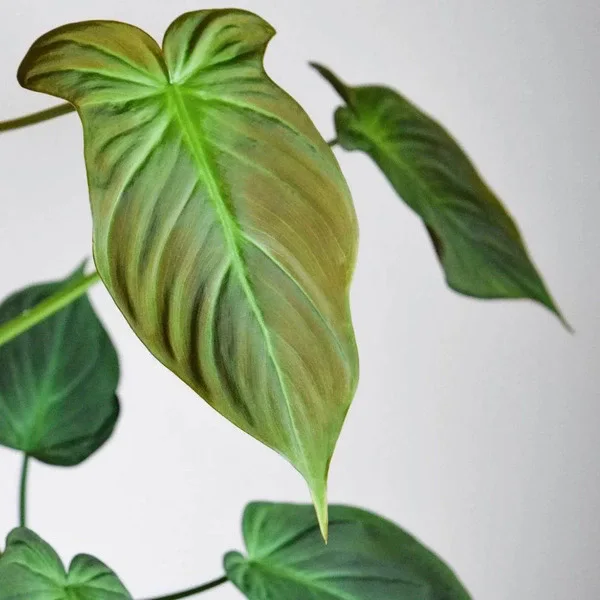
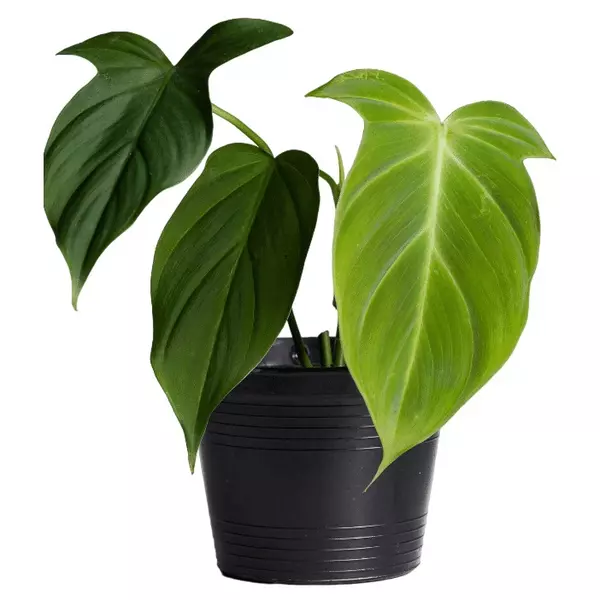
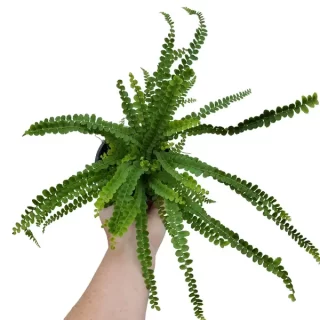
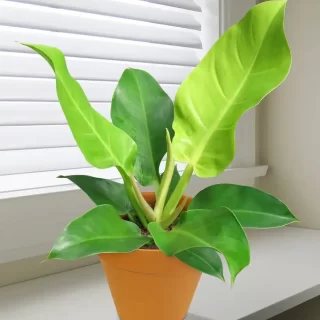
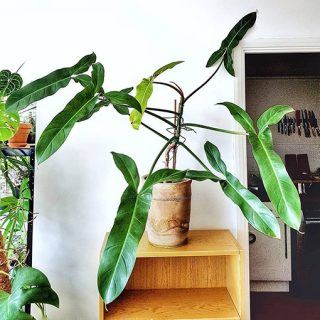
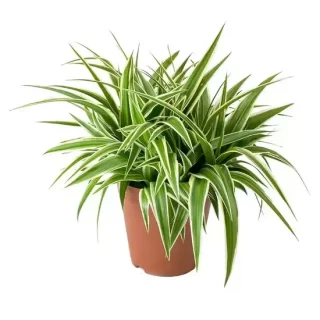
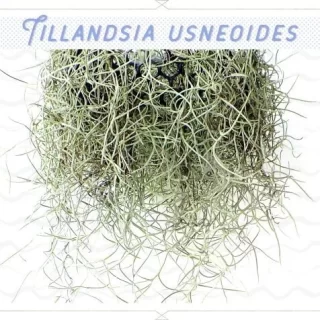
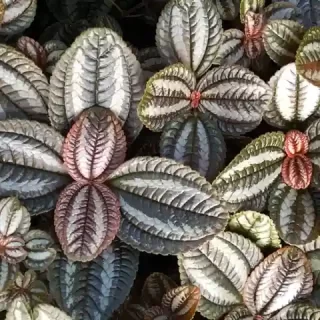
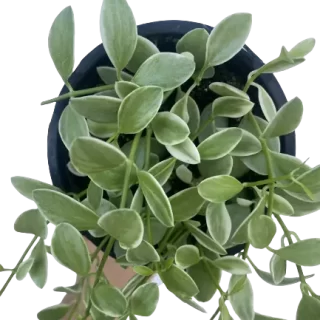
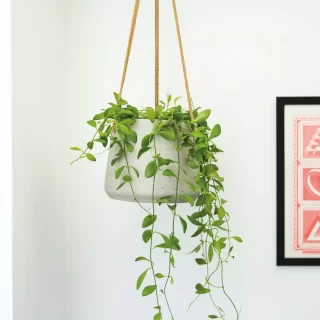
 If you need any assistance, I'm always here. Have you found what you were looking for?
If you need any assistance, I'm always here. Have you found what you were looking for?
Reviews
There are no reviews yet.